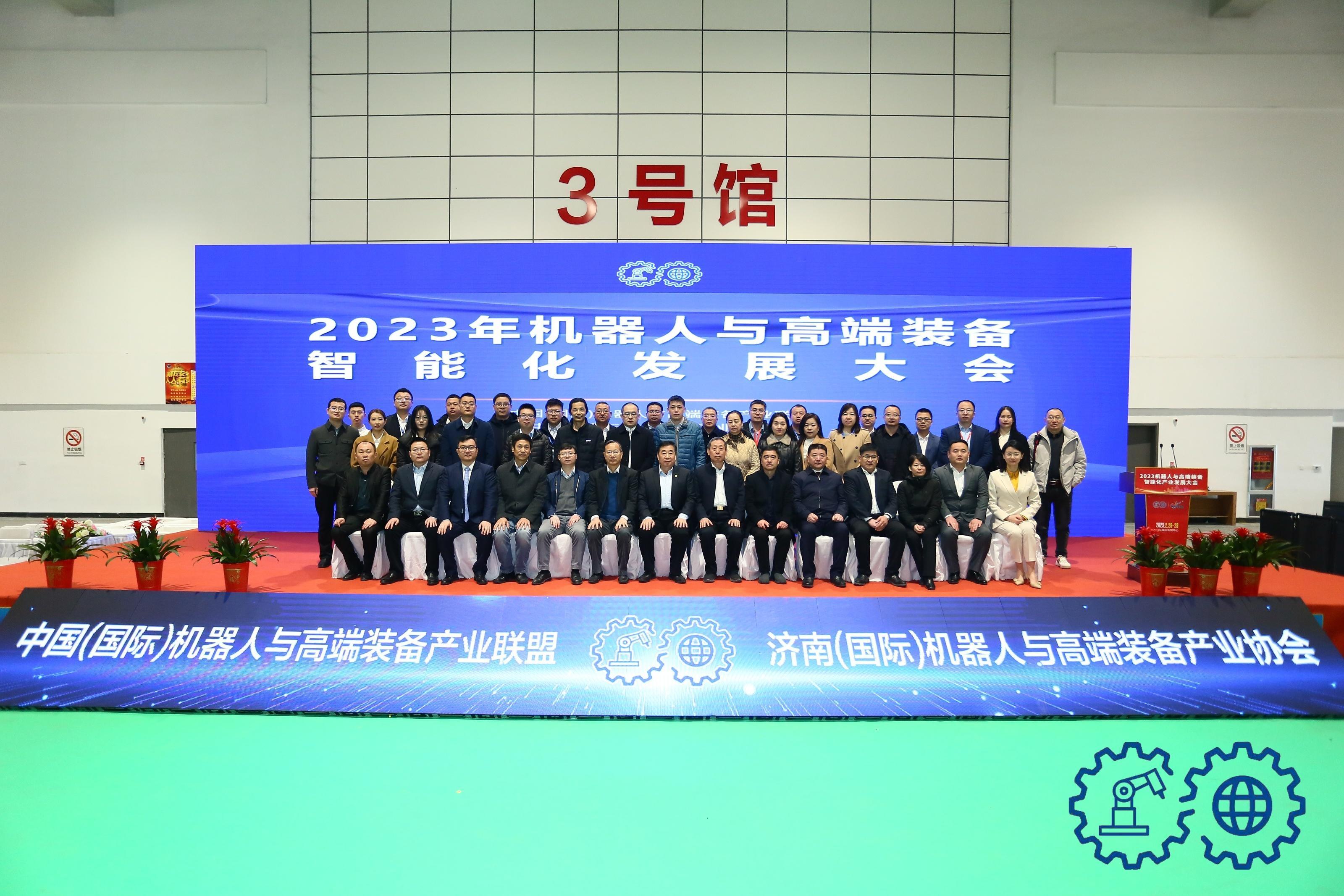Four main components of CNC lathe
Release time: 2021-07-14
Jinan machining lathe is a machine tool developed in modern times. It consists of four parts: information carrier, CNC equipment, servo system and machine tool body. CNC lathe is a more general lathe. Its processing capacity has been significantly improved, and it can also process some workpieces that were difficult or impossible to process in the past. It can be said that CNC lathes have brought infinite advantages to our daily life. Let's analyze the four main components of the CNC lathe.
Jinan CNC machining
The information carriers are punched paper tapes, punched cards, magnetic tapes and disks, etc., which are used to record the programming contents and transmit them to the CNC equipment through photoelectric tape readers, tape drives, disk drives and other reading devices.
Numerical control equipment is the center of a numerical control lathe, which is also commonly referred to as NC (general numerical control equipment) or CNC (computer numerical control equipment). NC is the initial development mode of CNC lathe. Now, most CNC lathes use CNC systems. The function of numerical control equipment is to receive the processing information input from the reading equipment, notify the servo system of the corresponding instruction pulse through decoding processing and calculation, and end the part processing.
Servo system is the executive part of CNC lathe, which is composed of motor and transmission equipment. The servo system receives command pulse signals from the CNC equipment and controls the displacement and moving speed of the machine tool (workbench or tool rest).
Jinan Machining
The main body of the machine tool is mainly a mechanical part, including main moving parts, feeding moving parts and supporting parts. As for CNC lathe parts, the structure of mechanical parts is simpler than general machine tools, but its technical indicators are higher than general machine tools.
When the CNC lathe enters walking processing, first prepare the program according to the part drawing. The programming code and instruction mode mostly conform to the ISO specification and the corresponding national specification, and then the program is input into NC or CNC through the information carrier, while the CNC system is based on the program content. After the command is issued, on the one hand, the motor in the servo system controls the movement of the machine tool through the transmission device, and on the other hand, controls other auxiliary movements of the machine tool, such as spindle speed, steering selection, and start and stop of the cooling pump.
 zy@precisezy.com
zy@precisezy.com
 +86-13001703061
+86-13001703061













